Travel in Myanmar 2013 – Update
Many big changes have taken place in the past two years for international travelers to Myanmar. Exchanging money, arriving in Mandalay from abroad, prices of rooms and other services have changed significantly since the last guidebooks were published in late 2011.
There are major changes in:
* International arrivals to Mandalay
* Exchange rates
* Exchanging money – where to exchange and which currencies to exchange
* ATMs
* Internet access – internet shops and wifi
* Electronics, mobile phones and home appliances
* Room prices
What hasn’t changed much:
(can still refer to LP Dec, 2011 for accurate information)
* Prices of transportation: buses, trains, boats
* Travel times and road conditions for buses, boats, trains
* Bicycle and motorbikes rentals
* Things to see & do in each destination
Arrival in Myanmar
Until very recently all international flights to Myanmar landed in Yangon, the capital city.
In 2013, Mandalay International Airport began accepting flights from Bangkok, Thailand – Chengdu, China – and Singapore. In fact, several airlines fly in from Bangkok and Singapore.
This could make visitors’ trips to Myanmar strategically much easier for several reasons. For one thing, Mandalay is significantly closer to Bagan than Yangon. I’ve written a travel tips post exclusively about arriving in Mandalay. Check it for full details.
Exchanging money
Exchange rates
Exchange rates of Burmese kyat (pronounced ‘chat’) are now listed on the internet along with other currencies. You can simply check the rate before you go to Myanmar to get the most accurate knowledge of the kyat value during your visit.
The rate is controlled by the Burmese government and is pretty steady, with only small fluctuations from day to day and month to month. In May, 2013 it was pretty steady at 900 – 950 ky = $ 1 US. Whatever the internet rate, you can expect to exchange money in Myanmar at very close to that rate.
Where to exchange your cash
Apparently the Burmese government finally realized that they were missing out on the majority of tourist dollars by having ridiculously low exchange rates at their government banks. As a result, tourists simply exchanged all their $ US at ‘black market’ money changers, easily available at markets, gold shops and elsewhere. This was the way to exchange money in Myanmar until very recently – even up to the most recently published guidebooks.
Now everything has completely changed. The government banks – and all banks for that matter – now exchange $ US at excellent rates – near internet rates. Not only that, but the government bank has exchange booths at the Mandalay and Yongon airports offering the same excellent rates! That makes arrival in the country much easier since travelers can get kyat right at the airport.
However, keep in mind that some exchange booth at the airports are run by government banks. If you want to minimize the amount of money you pass to the government & military, then just exchange the minimal needed at the airport to get to your guest house, perhaps eat a meal… until you can reach a private bank. Exchange the bulk of your money later at private banks.
In my case, exchanging $10 US was more than enough to hold me over until I reached a bank in town the following day.
Note that the government bank regulates all exchange rates, so you’ll find the same rates at every bank.
In Yangon plenty of ‘black market’ money changers are still around, offering rates competitive with banks. But outside Yangon not many money changers exist anymore. Some black market money changers at gold shops, etc still can exchange $ US, but at lower rates than the banks. I tried it myself. Apparently, they just can’t match the banks excellent rates. Nowadays the best place to exchange money in Myanmar is at the banks.
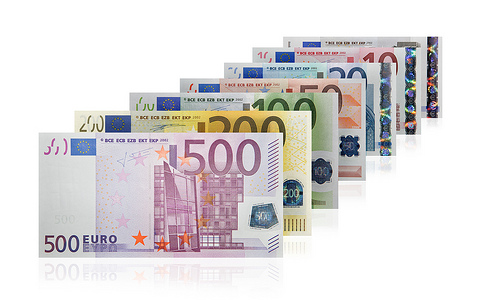 Which currencies travelers can exchange
Which currencies travelers can exchange
More amazing than banks offering great rates, the government banks now exchange several other currencies besides the $ US, including GBP, Euros, Japanese Yen, Chinese Yuan and Singapore Dollars. (But oddly NOT Thai baht.)
The private CB Bank, KBZ Bank and other banks exchange money at the same excellent rates as the government banks. They exchange other currencies as well, though not as many as the government banks. As of May, 2013, they exchange $US, Singapore Dollars, Chinese Yuan and Euros.
ATMs
CB Bank, KBZ Bank and several other banks now have ATMs which accept overseas ATM cards and credit cards. That’s pretty astounding, considering that as of the most recently published LP guidebook of Dec, 2011 there weren’t any ATMs. Many are open 24 hours. Most have 1-3 armed guards watching over them.
CB Bank ATMs accept international cards on the Mastercard/Maestro and Visa/Plus Systems. CB Bank is busily installing ATMs all over the country. One is located at Yangon Airport.
That means travelers arriving in Yangon might be able to access money from the ATM rather than exchanging cash. No doubt CB Bank will soon install an ATM at Mandalay airport as well, since it is now open to international flights from Thailand, Singapore and China.
As of May, 2013, CB Bank had 30 ATMs officially listed nationwide. But that list is already outdated as they continue installing new machines on a monthly basis. I found the list of 30 at their Pyu U Lwin location and that ATM was not on the list yet.
KBZ Bank ATMs accept international cards on the VISA/PLUS system. KBZ has an exchange booth and ATM at Yangon Airport, but not yet at Mandalay Airport.
* ATMs charge a 5000 kt fee for any withdrawals, regardless of the amount. As of 2013, that’s over $5 US. If you want to avoid fees, take out larger sums fewer times rather than small amounts.
* But hold up! Don’t rely on accessing money from ATMs in Myanmar, not just yet anyhow. Apparently the connections are so slow that the ATMs generally don’t work for foreign cards! I tried both KBZ and CB Banks in Mandalay, several times each, but failed to receive any money. In fact, some local Burmese also were unable to withdraw money with their cards.
* One helpful bank clerk told me that only 2 of 10 customers who try their ATMs actually succeed in withdrawing money. She called them the ‘lucky ones who get money’. She also mentioned that cards from banks in Asia seem to work much better than cards from the USA and Europe.
As of May, 2013 it’s still best to take all the cash you’ll need with you, using the ATMs as a possible, but not definite, back up.
I presume ATM connections will eventually improve to the point that the ATMs actually work most of the time for foreign cards, but who knows how quickly that will happen?
——————————————————————————————————————————–
Internet Access
Internet access is now readily available all over the country, including small, somewhat remote towns. (although probably not yet in villages and the furthest reaches of the country.) Access is available via internet shops, wifi at many hotels, cafes and restaurants, and via mobile phones, which are selling rapidly in Myanmar.
Internet Shops
It seems all cities and towns in Myanmar now have internet shops with local youth busily playing computer games, chatting on FB, and sending emails off to friends. Even fairly remote towns, like those throughout Shan State all the way to the Chinese border, have at least one internet shop, if not two or three.
However, the presence of internet shops does not necessarily mean the connection is fast enough to make getting online worthwhile. The further the town from Myanmar’s main cities of Yangon and Mandalay, the slower the connection is likely to be.
However, certain sites used regularly by Myanmar citizens and sanctioned by the government may work fairly quickly even in remote towns. Those sites include FB, all Google services like gmail and search, skype and some game sites. In contrast, sites not much used by locals and/or which have features difficult for Myanmar connections, might run very slowly or not at all. Those include yahoo and hotmail, among many others.
The fastest connections are found in Yangon, Mandalay, and larger towns nearby. Pyu Oo Lwin, about two hours from Mandalay, up on the Shan Plateau, has excellent internet connection, even for more difficult sites like yahoo and hotmail.
The cost of hourly internet access is the one cost in Myanmar that has actually decreased since the last guidebooks were published. And decreased significantly. Usual rates in May 2013 at most shops in most towns was 300 – 500 kt per hour / less than $ 0.50 US per hour. That’s a decent rate in SE Asia.
Free Wifi
Upscale, mid-range and some budget hotels offer free wifi to guests. The wifi often works throughout the hotel, including in rooms. However, at some places it works very poorly. It’s pretty hit or miss.
I never managed to stay in a guest house that offered wifi. They all claimed it was coming soon- within a week or a month. So perhaps by the time you visit Myanmar, free wifi will be standard even among budget guest houses.
I did speak to other travelers who were staying in hotels with wifi. They said it worked quite well. They were able to skype and access other websites easily.
Some cafes, bars and restaurants in major towns also offer free wifi.
I was tipped by another traveler that in Yangon the Trader’s Hotel has extremely fast wifi connection. I used it myself and found it very speedy indeed.
Seeing how many mobile phones shops are already open in every Burmese town, and the growing number of Burmese citizens who own smart phones, I suspect that wifi locations will continue growing rapidly. No doubt smart phone users can also access internet via 3G phone service. That does not seem to be available to tourists at reasonable rates yet. A sim card costs $200 US in May, 2013. But that could change soon too. Who knows?
Electronics, mobile phones and home appliances
When it comes to these products, Myanmar is now already caught up with the modern world. Every town now has shops selling every electronic and appliance available anywhere else in the world. LCD TVs, DVD players, mobile phones, washing machines, blenders and everything else are now for sale in Myanmar.
Overall, the arrival of these gadgets doesn’t really have much impact on travelers to the country. However, you might just find the latest LCD TV in your guest house lobby and other unexpected surprises in a supposedly undeveloped country.
One other point: pirated DVDs, even Hollywood films, are on sale in every town in shops and markets at very low prices. The going rate in May, 2013 was 300-400 kyat per DVD or 3 for 1000 kyat. That’s about $0.35 US per DVD. If you like DVDs, and especially if you’re traveling with a laptop, Myanmar is an excellent place to pick some up.
The only product I think might soon impact international visitors to Myanmar are the rapidly increasing use of smart phones. Perhaps not long from now sim cards and 3G service for smart phones will be as readily available and inexpensive as in neighboring Thailand, Myanmar and Indonesia.
Escalating Room Rates
Quite unfortunately for all us international travelers, Myanmar’s guest houses have decided to take advantage of the new wave of visitors by doubling or tripling their room rates overnight. Thanks folks. Nice way to gauge the tourists.
Since this is a rather detailed topic, I’ve written an entire post about Myanmar’s guest houses and room rates… Coming next week! Please refer to that for full details.
For now let me just mention the basics. If you’re using the LP Dec, 2011 guidebook, expect all the budget room rates listed to be double or triple what’s reported in the book.
The usual price for a single room in ‘low season’, with fan and shared bathrooms, is $10-12 US. It’s extremely difficult to a single room cheaper than that except in rather remote towns. In such towns, the going rate for the same type of room is $5-7 US or higher.Alternately, in some towns guest houses accept only kyat. Those rooms cost 500o-6000 kyat.
Clearly rooms with inside bathrooms or a/c and doubles cost more. Most guest houses told me their rates are slightly higher in ‘high season’, but some places keep their rates the same year round.
Please refer to my post on guest houses in Myanmar for more details and my guest house recommendations around the country… coming up soon!
Summary:
That wraps up the recent major changes that affect tourists heading to Myanmar. Of course, information about Myanmar’s main attractions and destinations remains pretty much the same.
Slow tiring travel times on mostly rough roads, with inconvenient departure times, are still the name of the game for getting around the country, unfortunately. While Myanmar has been rapidly modernizing with goods & products, it certainly has not improved its infrastructure. In fact, there are a whole slew of difficulties and downsides to traveling around Myanmar.
See my post Downsides of Travel to Myanmar for full details.
———————————————————————————————————————————
You might also find this post useful:
2013 Guide to Arriving in Mandalay Myanmar
———————————————————————————————————————————







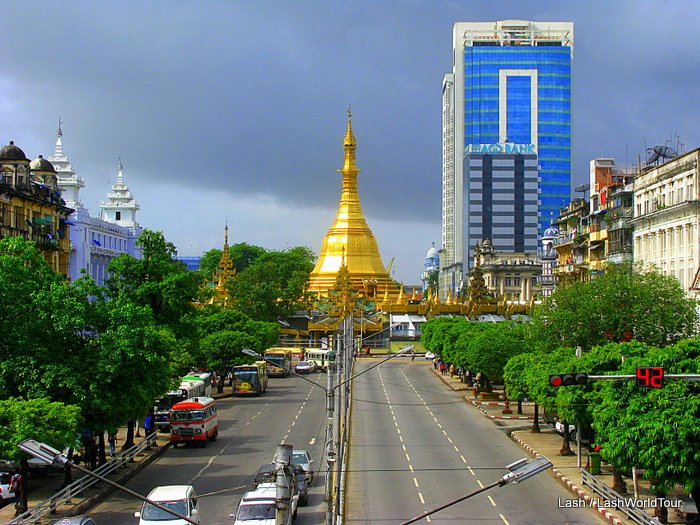
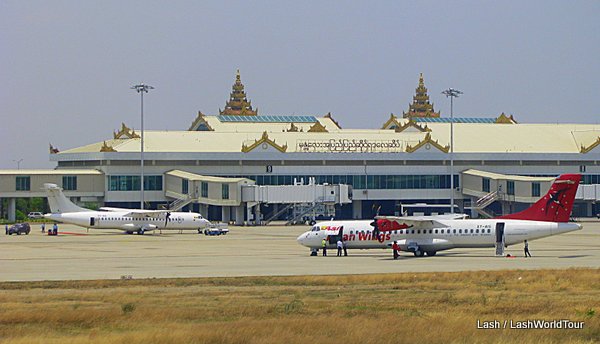
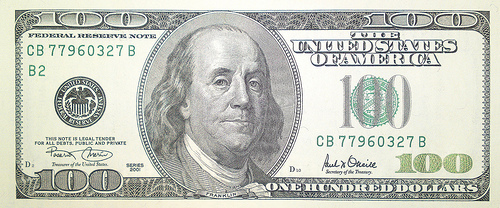

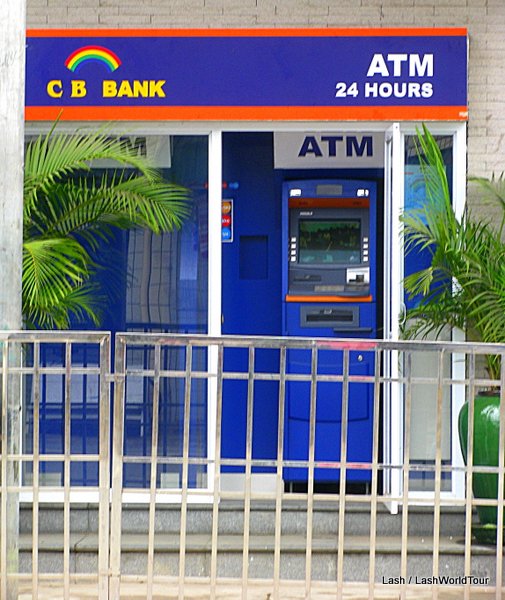

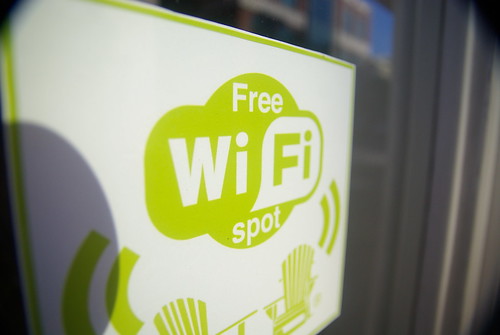
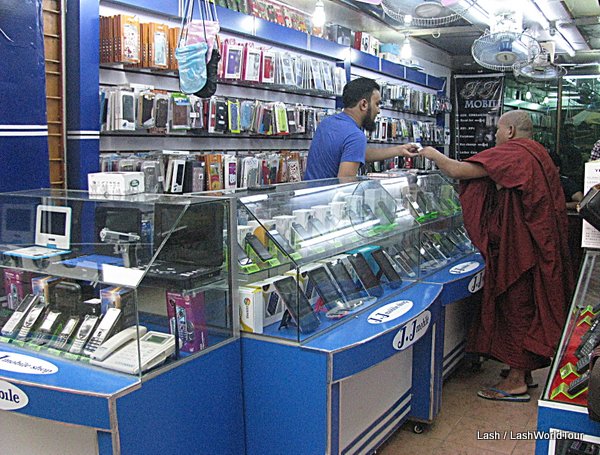
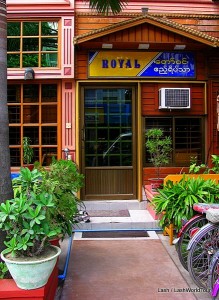
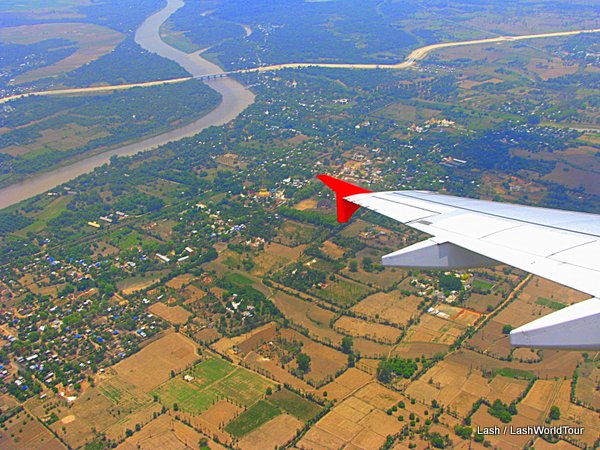
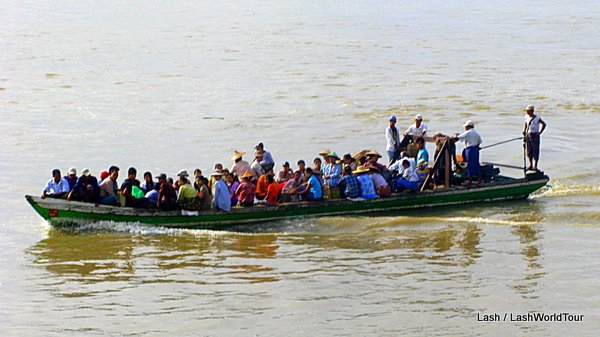
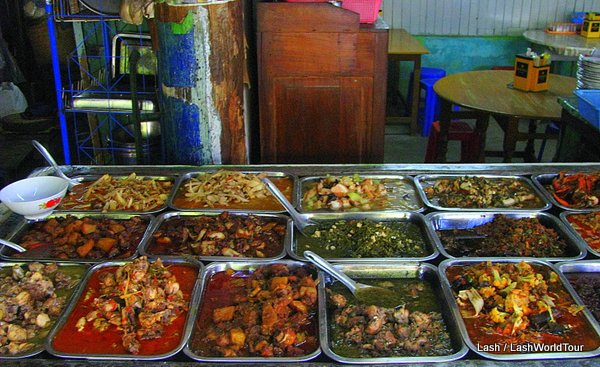


 Hi! I'm Lash, an American nomadic world traveler who's been traveling solo since 1998. I’m passionate about traveling the world nomadically and then sharing it all with you. I hope to inspire you to travel the world, to entertain you with tales from the road, and to help you reach your travel dreams. Welcome!
Hi! I'm Lash, an American nomadic world traveler who's been traveling solo since 1998. I’m passionate about traveling the world nomadically and then sharing it all with you. I hope to inspire you to travel the world, to entertain you with tales from the road, and to help you reach your travel dreams. Welcome! 




10 pings
Skip to comment form ↓
Myanmar Then & Now: 2000 and 2013 - LashWorldTour » LashWorldTour
2013/06/20 at 12:07 pm (UTC 8) Link to this comment
[…] Travel in Myanmar 2013 – Update » […]
2013 Guide to Arriving in Mandalay Myanmar - LashWorldTour » LashWorldTour
2013/06/20 at 12:10 pm (UTC 8) Link to this comment
[…] Many big changes have taken place in the past two years for international travelers to Myanmar. Exchanging money, arrival in Mandalay, transportation to/from Mandalay airport, prices of rooms and other services have changed significantly since the last guidebooks were published in late 2011. I’ve written an extensive post about Travel in Myanmar in 2013 […]
Great Reasons to Visit Myanmar - LashWorldTour » LashWorldTour
2013/07/17 at 1:25 pm (UTC 8) Link to this comment
[…] Travel to Myanmar Update 2013 […]
burmese food » LashWorldTour
2013/08/08 at 3:55 pm (UTC 8) Link to this comment
[…] 2013 Travel Update for Myanmar […]